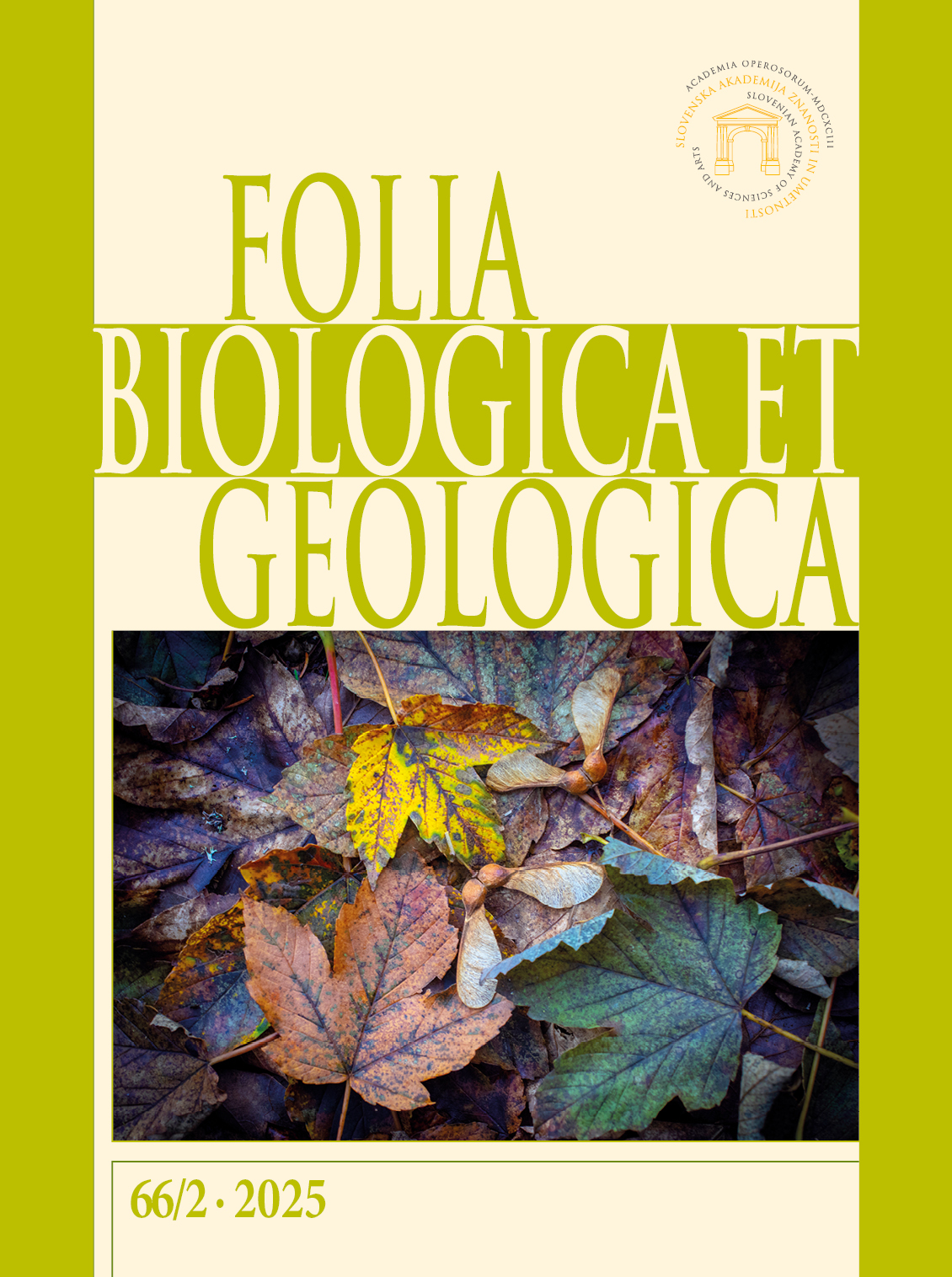Plant growth promoting microorganisms: a promising tool for improving forest tree seedlings survival (a review)
DOI:
https://doi.org/10.3986/fbg0115Keywords:
plant growth promoting microorganisms, reforestation, nurseries, forest tree seedling survivalAbstract
Severe drought events and increasingly frequent large-scale forest disturbances can lead to a significant and irreversible decline in the natural regeneration of various forest tree species. Extensive research is being carried out to develop strategies to help plants cope with the increasing stress. However, most of these technologies are costly and time-consuming, so the application of plant growth-promoting microorganisms (PGPMs) appears to be an easy-to-use and efficient method to alleviate abiotic and biotic stress in plants. PGPM inoculants are a sustainable alternative strategy to not only alleviate stress through various mechanisms, but also to promote plant growth and development. Previous studies have revealed a wide range of PGPM genera that colonise plant roots and enhance the ability of plants to cope with abiotic and biotic stress in agriculture. However, records on the potential benefits of PGPMs in forest seedlings are still sparse, with only a few reports and mostly isolated strains from the genera Pinus, Quercus, Abies and Picea. This review addresses the current knowledge on plant growth-promoting mechanisms and provides an overview of isolated microorganisms with proven plant growth-promoting mechanisms from different forest tree species.
Downloads
Published
Issue
Section
License

This work is licensed under a Creative Commons Attribution-ShareAlike 4.0 International License.





